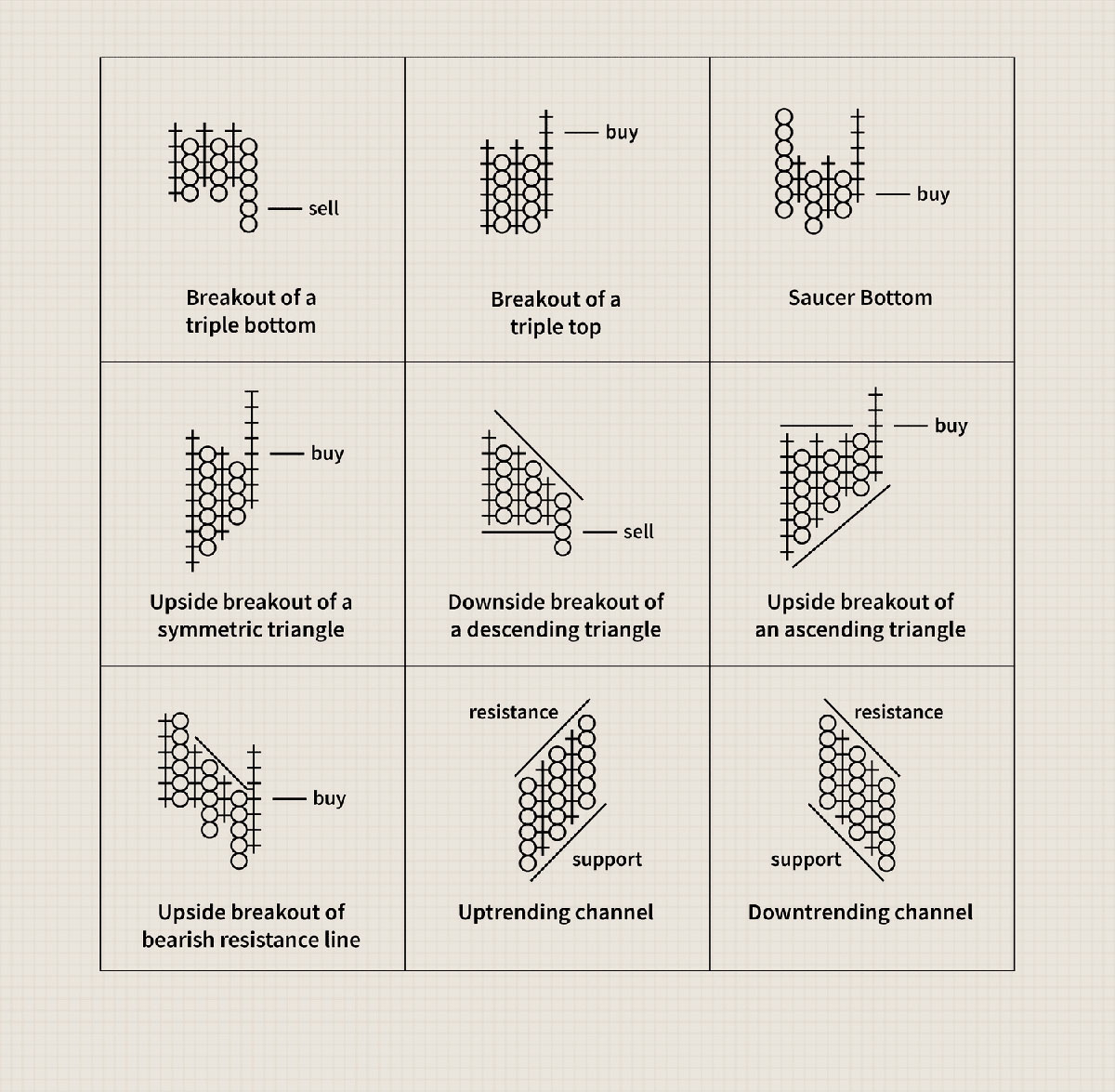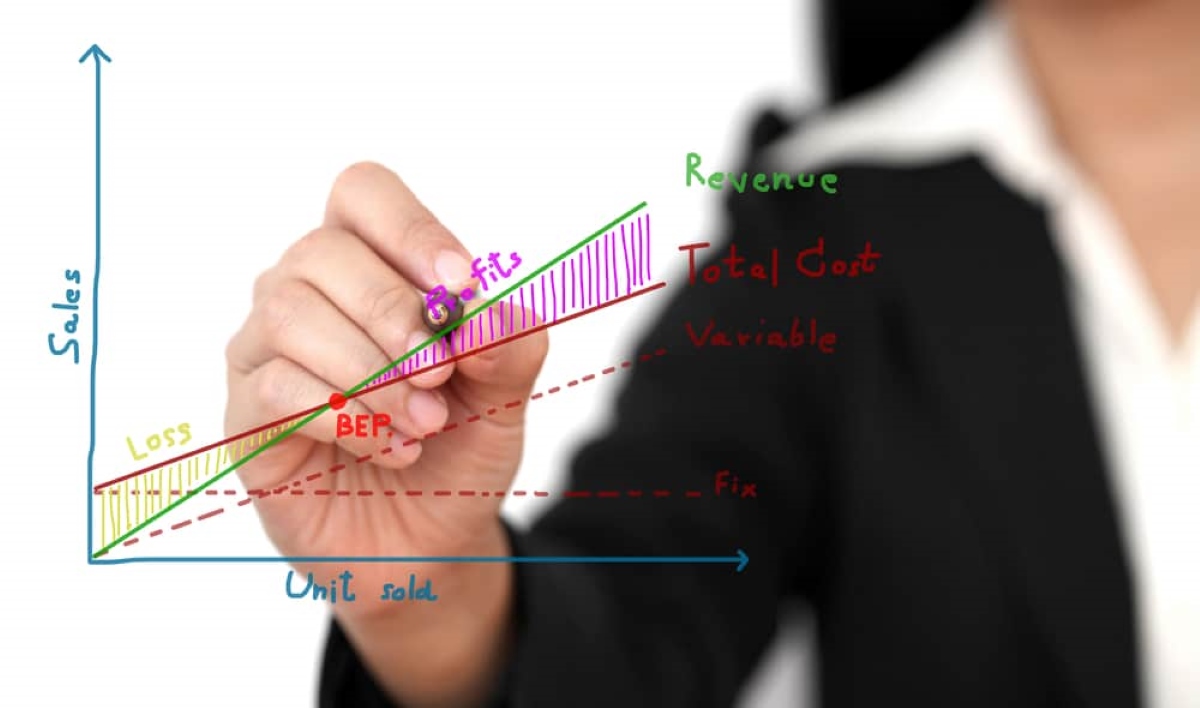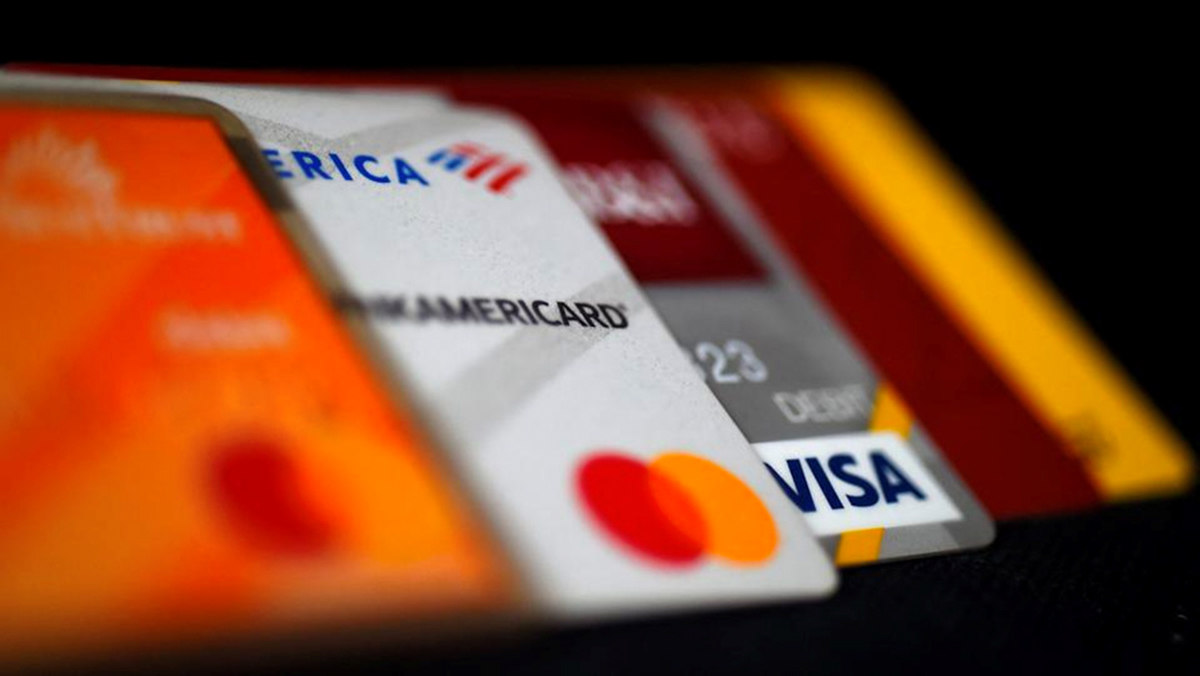Home>Finance>Breakeven Point: Definition, Examples, And How To Calculate


Finance
Breakeven Point: Definition, Examples, And How To Calculate
Published: October 19, 2023
Learn how to calculate the breakeven point in finance with clear definitions and practical examples. Master this essential concept for business success.
(Many of the links in this article redirect to a specific reviewed product. Your purchase of these products through affiliate links helps to generate commission for LiveWell, at no extra cost. Learn more)
Understanding the Breakeven Point in Finance: Definition, Examples, and How to Calculate
Managing finances is an essential part of every business owner’s journey. While profitability is crucial, understanding your breakeven point is equally important. But what exactly is the breakeven point, and why is it necessary to know about it? In this blog post, we will delve into the concept of the breakeven point, provide you with real-life examples, and explain how to calculate it effectively.
Key Takeaways:
- The breakeven point is the point at which a business neither makes a profit nor incurs a loss.
- Knowing your breakeven point helps in making informed financial decisions and assessing the viability of potential business opportunities.
Definition of the Breakeven Point
The breakeven point is the stage at which total revenues equal total costs, resulting in neither a profit nor a loss. It is the point of equilibrium, where you cover all expenses associated with your business, including fixed costs (such as rent, utilities, and salaries) and variable costs (such as raw materials and production costs). Understanding the breakeven point is crucial for businesses of all sizes, from startups to multinational corporations, as it provides insights into financial stability and informs decision-making.
Examples of the Breakeven Point
Let’s consider a fictional bakery, “Sweet Delights,” to illustrate the concept of the breakeven point. The bakery has fixed monthly costs of $5,000, including rent and salaries, and each cake it sells incurs variable costs of $10. The price per cake is $25.
To calculate the breakeven point, we divide the fixed costs by the contribution margin, which is the difference between the selling price and the variable costs per unit.
In this case, the contribution margin is $25 (selling price) – $10 (variable costs) = $15.
The breakeven point is therefore $5,000 (fixed costs) ÷ $15 (contribution margin) = 333.33 cakes.
This means that in order to cover all expenses and reach the breakeven point, the bakery needs to sell approximately 334 cakes each month. Any sales beyond this point will result in a profit, while sales below this point will lead to a loss.
How to Calculate the Breakeven Point
Calculating the breakeven point can be simplified using the formula:
Breakeven Point (in units) = Fixed Costs ÷ (Selling Price per Unit – Variable Costs per Unit)
- Determine your fixed costs:
- Include expenses such as rent, utilities, salaries, insurance premiums, and any other fixed costs your business incurs.
- Calculate the contribution margin:
- Subtract the variable costs per unit from the selling price per unit. The result is the amount that contributes towards covering fixed costs and profit.
- Divide the fixed costs by the contribution margin:
- This yields the number of units that must be sold in order to reach the breakeven point.
Once you know your breakeven point, you can make informed decisions about pricing, production targets, and strategies to generate profit beyond the breakeven point.
Wrapping Up
Understanding the breakeven point is essential for any business owner striving for financial success. By knowing your breakeven point, you can make informed decisions, set realistic sales targets, and assess the viability of business opportunities. Remember, the breakeven point represents the stage at which your business is neither making a profit nor incurring a loss, providing a foundation for sustainable growth.














